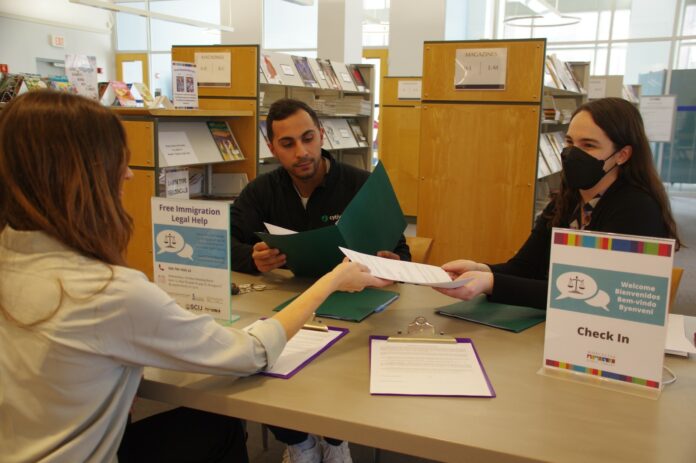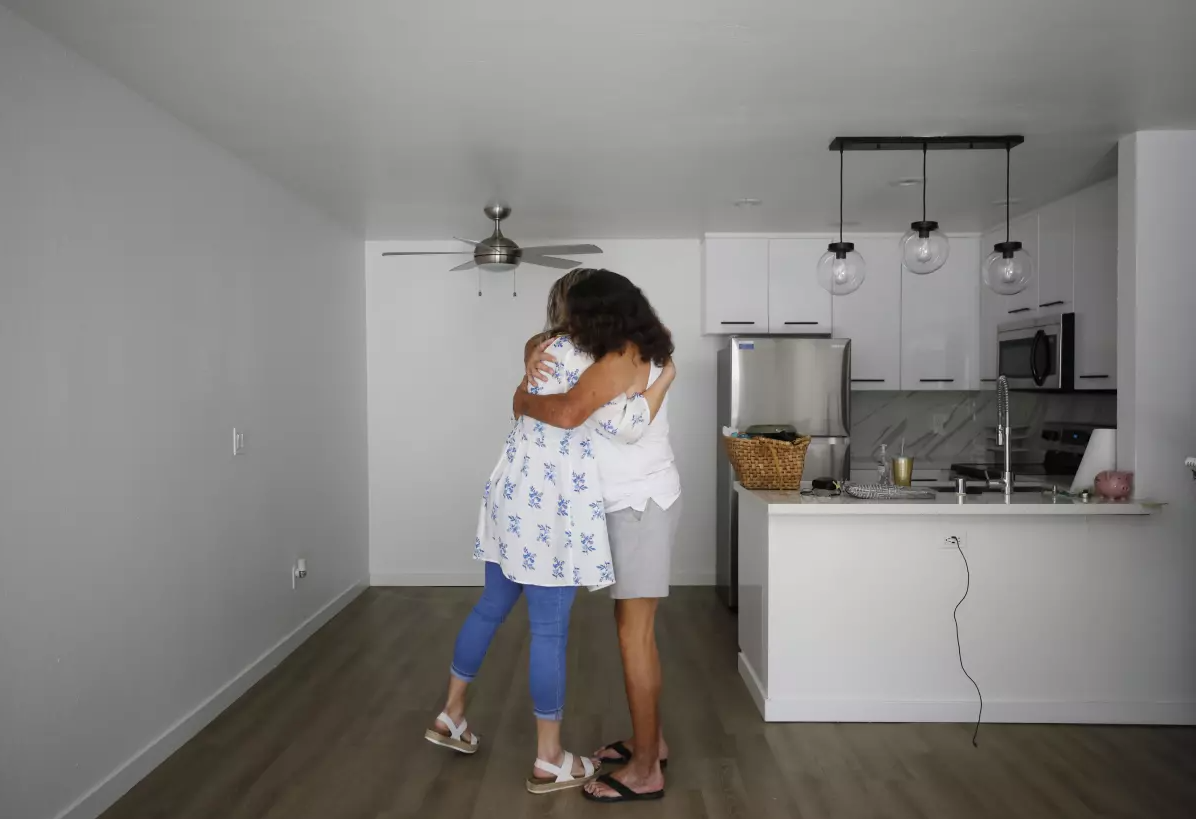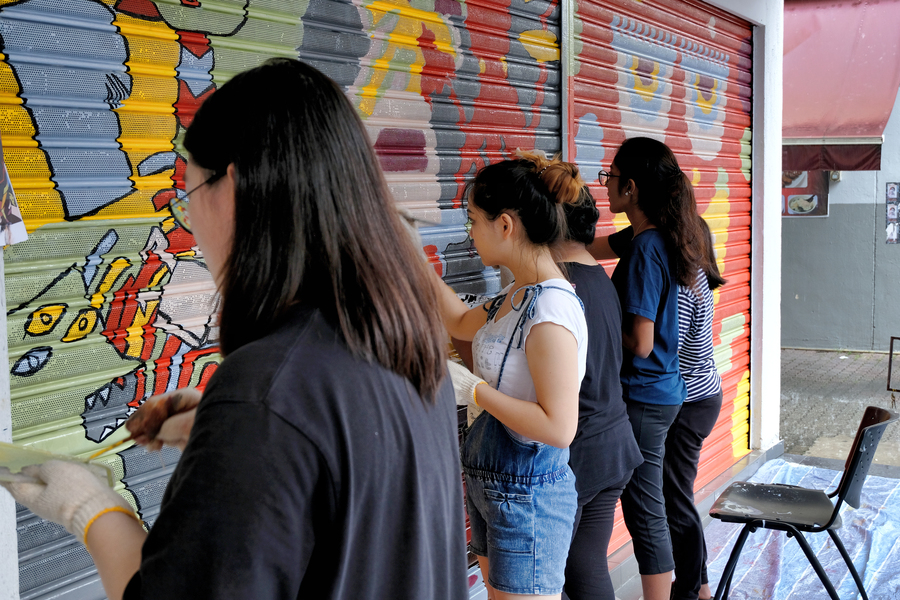AWARENESS
How might we encourage the public to have empathy and take action on housing?
Public attitudes significantly influence how people experiencing housing insecurity are treated every day (source). When misinformation is persistent, it becomes challenging to provide support to people enduring such a difficult situation. In one survey, over 70% of San Diego residents inaccurately named addiction and substance abuse as the primary cause of homelessness (source) instead of high costs and financial instability (source). Even with accurate information, many residents and city council members do not support solutions such as affordable housing (source). To effectively address the root causes of homelessness and improve the experience of navigating housing, we need avenues for the public to reframe their understanding and response to these issues.
How can we build empathy and reduce the negative stigma of people who are facing housing insecurity among communities, recognizing that anyone could be facing that situation one day? Check out a more specific breakdown of the problem and example solutions below:
PROBLEM ANGLES
Demystifying Affordable Housing
How can we reshape the connotation of affordable housing in the face of NIMBYism?
NIMBYism describes the “not in my backyard” sentiment that residents may harbor towards new housing in their neighborhoods (source). This perspective blocks the construction of homes and other much needed housing solutions. In San Diego County, coastal cities like Encinitas and Coronado have appealed to the regional government to restrict the construction of low-income housing, citing concerns about space and population density (source). Such resistance efforts have contributed to failures in meeting housing development goals.


Addressing At-Risk Populations
How can we reach people who are at risk of experiencing housing insecurity?
Roughly one-third of Californians are at risk of experiencing housing insecurity due to personal circumstances such as financial crises, such as vehicle accidents, medical bills, or layoffs (source, source). In addition to financial factors, marginalized individuals such as those with a history of trauma, or those previously incarcerated are particularly vulnerable throughout their lives (source). Embracing the concept of a rising tide lifts all boats can help not only prevent more homelessness but also decrease the negative stigma surrounding it.
Evaluating The Success Of Housing Solutions
How can we evaluate the progress cities make towards providing housing?
In order to make a significant impact on housing insecurity, cities must support both short and long-term initiatives. Because transition places like shelters are considered avenues to more permanent housing (source), they may characterize residents leaving as a success; however, 40% of people who exit temporary placements in San Diego return to the streets (source). By developing more efficient and accurate systems of tracking housing-related efforts, we can make better decisions about where to distribute our attention, support, and funding.


Community Involvement
How can we design ways to mobilize community members to support those experiencing housing insecurity?
Local communities play a crucial role in addressing housing insecurity. In fact, grassroots initiatives are often more effective in responding to the specific needs of vulnerable populations compared to top-down approaches (source, source). Local residents have unique opportunities to make direct and tangible impacts on their fellow community members experiencing difficulties with housing. Additionally, by mobilizing the surrounding population, cities can help reduce the isolation and dehumanization that people living on the streets face every day (source).











